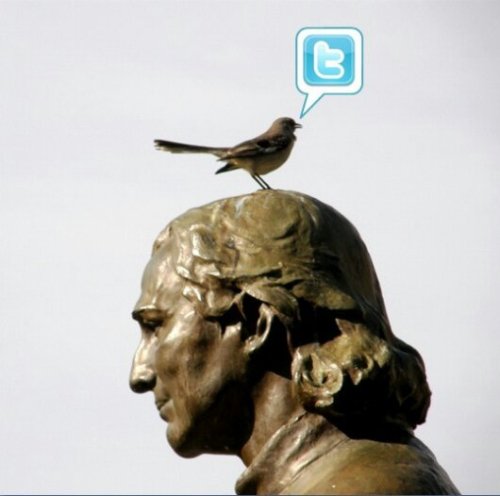I recently read through IDEO’s Tom & David Kelley’s book Creative Confidence, and I found a great deal of inspiration for helping build buy in for my designs and proposals. I also was able to add to my collaboration tool kit, as the book also presents stories and collaborative processes that can help kick start creativity on any team.
We have all worked on initiatives where we were so rushed that it felt if we built out our case logically and spelled out the benefits to our audience, they would naturally accept the change… or so we thought. But as we’ve found time and time again, “If you build it, they will come” often proves to be one of the most ineffective product launching strategies.
IDEO’s approach to design and change initiatives is a human-centered one that examines potential reactions to any sort of new product, object, service or change. The Empathy Map tool presents a simple start at mapping and envisioning how people will react to what you’re putting in front of them whether it is a user interface to a purchasing tool or an ice-cream scoop.
The Empathy Map asks four questions in regard to your change, product, or initiative:
- What will people say?
- What will people think?
- What will people do?
- What will people feel?

Ask these questions to think out how your audience will receive or react to your initiative or change.
Normally, you would put these questions up on a white board or pieces of chart paper and have your team write their answers to these questions on Post-It notes, but I work in virtual teams, so I created a PowerPoint version (see Resources below). These questions can help you sort through possible reactions and prioritize the ones that you should address. Then start making a plan for how you will address those.
In my example PowerPoint, I included the simple example of sending out a survey. Everyone loves taking surveys right? After listing a few audience reactions, thoughts, and feelings, I made an initial attempt at addressing those that I’ve seen in the past. What I appreciate about this approach is that is a little more thorough. It allows you to separate and methodically map these reactions vs. coming up with the most ‘scary’ ones and reacting solely to those.
Resources:














You must be logged in to post a comment.